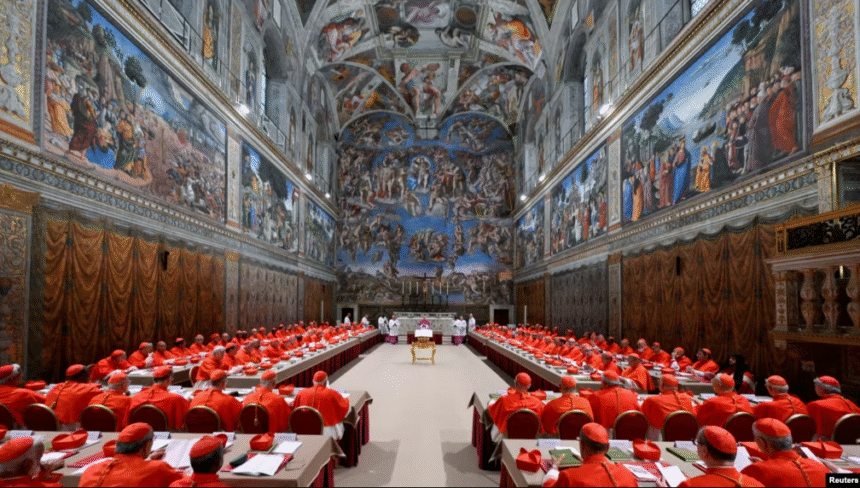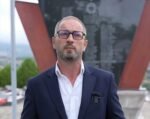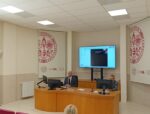Roman Catholic Cardinals returned to the Sistine Chapel on Thursday to continue the voting process for the election of a new pope, marking the beginning of what is expected to be the largest and most geographically diverse conclave in history.
The Cardinals initiated their deeply ritualistic and secretive work on Wednesday, aiming to appoint a new leader for the 1.4 billion Catholics worldwide. However, black smoke emerged from the chimney on Wednesday evening, signaling that the first vote had not resulted in the election of a new pope.
The second round of voting was set to begin on Thursday morning at 9 a.m., according to earlier Vatican announcements. White smoke would signal that the Church has elected a new leader, who will succeed Pope Francis, who passed away last month.
If the vote on Thursday is conclusive, the selection of the new pope could be announced around 11 a.m.. If not, further rounds of voting will continue throughout the day.
Historically, no pope has been elected on the first day of the conclave, which has been a secretive council for centuries. Therefore, voting may extend for several days until one of the cardinal electors achieves the required two-thirds majority to become the 267th pope.
In recent days, Cardinals have expressed various views on the qualities they seek in the new pope. While some have called for continuity with Pope Francis’s vision of reform and openness, others have requested a return to older traditions. Many have expressed a desire for a more predictable and prudent papacy.
A record 133 Cardinals from 70 countries will enter the Sistine Chapel, compared to 115 from 48 countries in the 2013 conclave. This increase reflects Pope Francis’s efforts to broaden the Church’s influence in regions with smaller Catholic populations.
There is no clear frontrunner yet, but Italian Cardinal Pietro Parolin and Filipino Cardinal Luis Antonio Tagle are considered among the top contenders.
As in the medieval era, the Cardinals are banned from communicating with the outside world during the conclave. The Vatican has implemented high-tech measures to ensure secrecy, including devices that block signals to prevent eavesdropping.
The average length of the past ten conclaves has been just over three days, with none lasting more than five. The 2013 conclave lasted only two days. Cardinals are expected to move swiftly again this time to avoid any perception of division or a lack of leadership within the Church.







